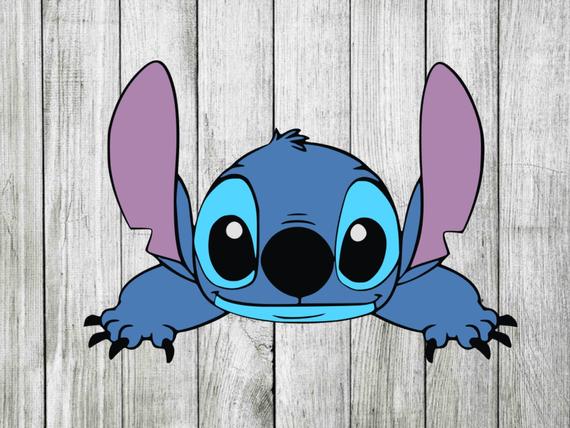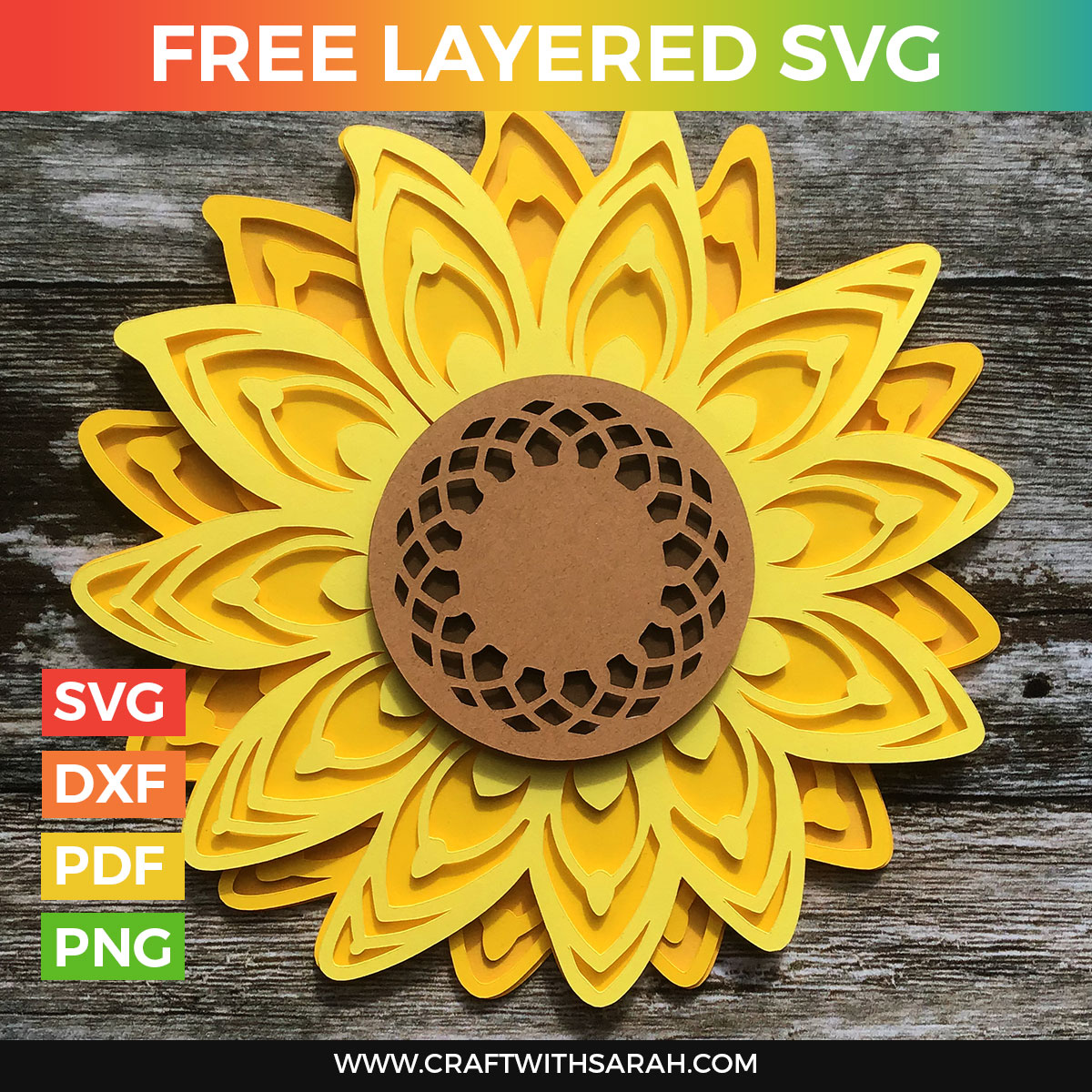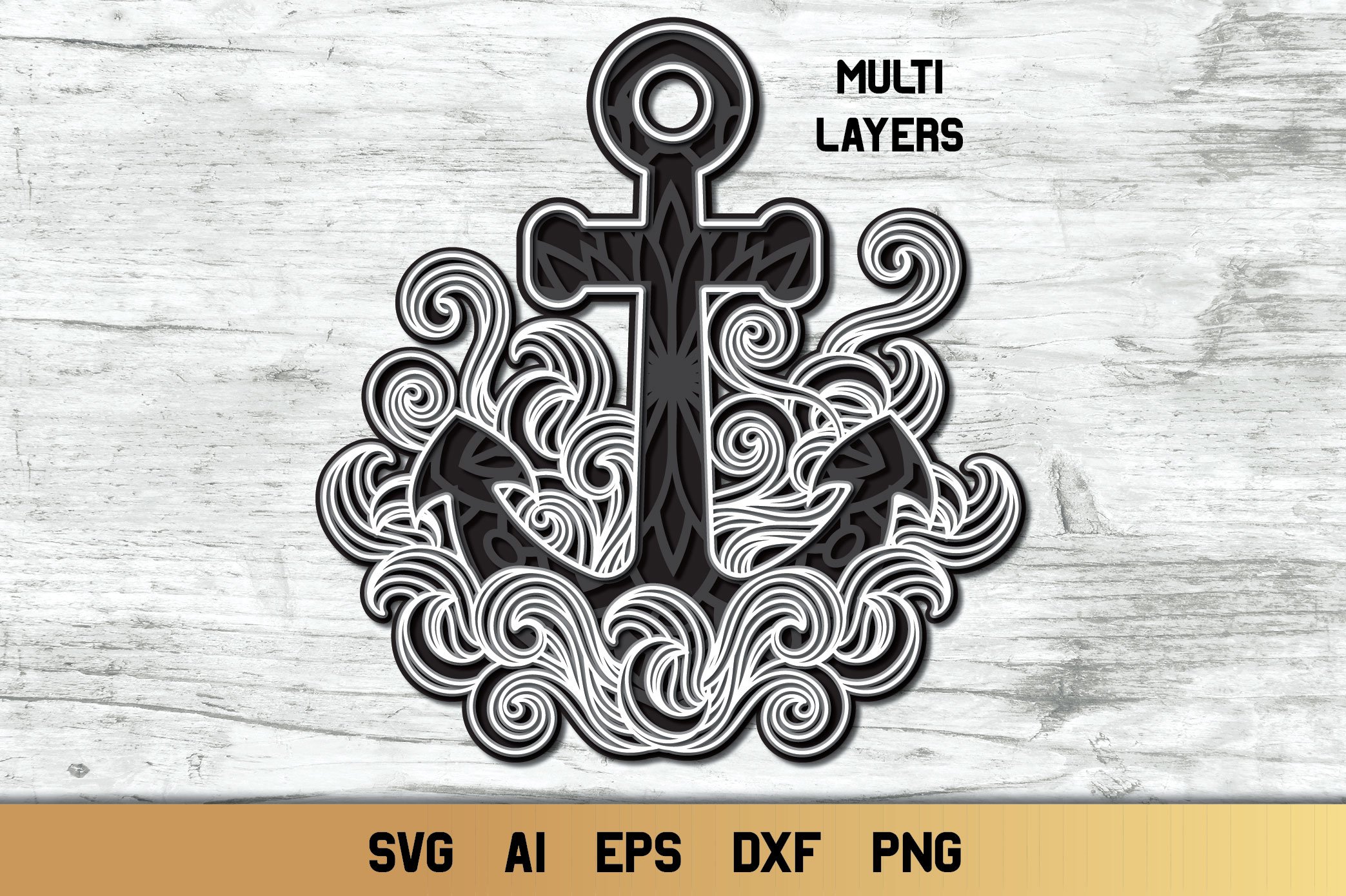
Click the image to select it and then click ‘insert images’.Ĩ. Your image is now uploaded! Let’s insert it into the canvas so that I can explain about single layer and multi-layer cut files. Write an image name and add some tags so that you will easily be able to search through your uploaded images at a later date.ħ. Select to save as a ‘print then cut image’ (I’ll show you why soon). If there are any random lines that aren’t part of your image, use the eraser tool and remove them. Here I am previewing my cut image and it all looks good! Now click ‘continue’.Ħ.

Sometimes there can be random cut lines around an image, so it’s best to preview it before continuing on to the next step. Zoom in and out depending on the size of your image, to make it easier to work around.

You’ll know when the background is removed because the grid pattern will appear instead. Here I’m uploading a PNG, so the background has already been removed. If uploading a JPG image, use the wand tool and click all the parts of the background to remove them. I could probably get away with simple or moderately complex for my image, but I’m going to go complex anyway!ĥ. Read the descriptions of each image type and decide which category your image falls into. Click ‘browse’ to select your image, click ‘open’ and then ‘continue’.Ĥ. Start by opening a new project in Cricut Design Space and click ‘upload’.ģ. How To Separate An Image Into Layers In Cricutġ. JPG images can sometimes need a lot of cleaning up (especially when trying to isolate colors into separate layers), but we’ll get into all that soon. If you have the choice, PNG images are slightly easier to work with than JPG images.

Like many in the comments, I am also interested in the use-case for this, I can't see any benefit. My currently best guess is to load the layers one by one on a Javascript canvas and convert them one by one to a PNG and then replace the tag entirely with the generated image string. And to those who is going to ask "are you sure you want to do this?" the answer is yes. I have searched for the solution to this problem for 2 straight weeks now, so any help would of course be appreciated. Therefore, as opposed to the current SVG file that only contain and tags, I want to convert this SVG into an SVG file that only contain tags where the image data is contained in the xlink:href property, like this: I am wondering if there is a known solution how to convert this SVG into an SVG that solely consist of PNG Base64 strings where the objects in each layer and the layers themselves are preserved. I have an SVG image that looks like this:


 0 kommentar(er)
0 kommentar(er)
